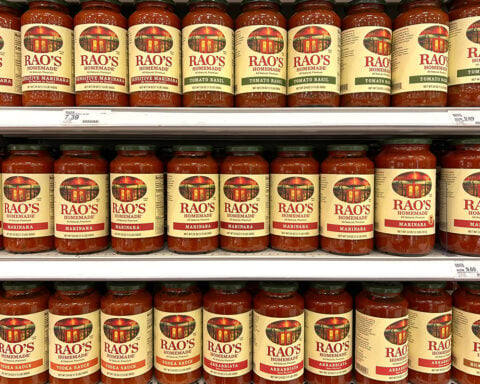In efforts to bolster prices, Saudi Arabia and Russia, two of the globe’s most substantial oil producers, have resolved to continue reducing the volume of oil they export. This move illustrates their scramble to amplify fossil fuel income amidst weakened demand due to economic slowdowns.
Following the recent OPEC+ assembly, where the Saudis proclaimed a considerable reduction in oil production for July, this decision gave Monday’s oil prices a marginal lift. Consequently, there’s apprehension that gasoline prices for U.S. motorists may begin to rise.
The Saudi Energy Ministry revealed its plan to extend July’s reduction of 1 million barrels per day into August, aiming to maintain “the stability and balance of oil markets.” This would retain the Gulf country’s output at 9 million barrels daily.
Meanwhile, Russia’s Deputy Prime Minister, Alexander Novak, stated his nation would diminish production by an additional 500,000 barrels per day in August, as per Russian media reports.
These voluntary reductions are in addition to previous cuts agreed upon by the OPEC oil cartel, led by Saudi Arabia, and allied producers, led by Russia, to prolong into the following year.
However, these efforts have marginally boosted oil prices long term, affording U.S. drivers cheaper fuel during the bustling summer travel season and offering worldwide consumers some respite from inflation.
As reported by car club AAA, the U.S. average gas price per gallon is $3.53, representing a $1.28 reduction per gallon from the previous year.
U.S. crude ascended 77 cents on Monday to $71.41 a barrel, and Brent crude, the international standard, increased 70 cents to $76.11. However, both subsequently relinquished some of these gains.
U.S. crude, suppressed for a while, surpassed $70 per barrel for the first time in five weeks on Friday.
The Saudi’s perceived necessity for additional cuts underscores the unpredictable fuel demand forecast in the upcoming months, despite the increase in travel. The U.S., for instance, witnessed a record high in airline passengers over the Fourth of July weekend.
However, anxieties about economic fragility in the U.S. and Europe persist, and China’s recovery from COVID-19 restrictions hasn’t been as robust as anticipated.
The Saudis require steady high oil revenue to finance ambitious development projects designed to diversify their economy. Concurrently, Russia is keen to supplement its profits to fund its war against Ukraine.
Western sanctions compel Moscow to offer its oil at a discount to countries such as China and India. According to a report by the International Energy Agency last month, Moscow’s estimated export revenue in May dropped 36% from a year ago, plummeting by $1.4 billion to $13.3 billion.
Considering earlier cuts, Russia’s output will be reduced by 1 million barrels daily in August. However, Rystad Energy reported in June that Moscow only cut production by 400,000 barrels in May, falling short of the promised half-million.
The persistent uncertainty surrounding the global economic recovery and oil demand continues to pressure significant oil producers like Saudi Arabia and Russia to implement strategic output reductions. These oil giants are adopting aggressive tactics in their fight against falling oil prices, hoping to ensure their economic survival and prosperity. However, the impacts of these actions on the global oil market remain to be seen, particularly concerning the price of gasoline for consumers and the revenue streams of the nations involved.







